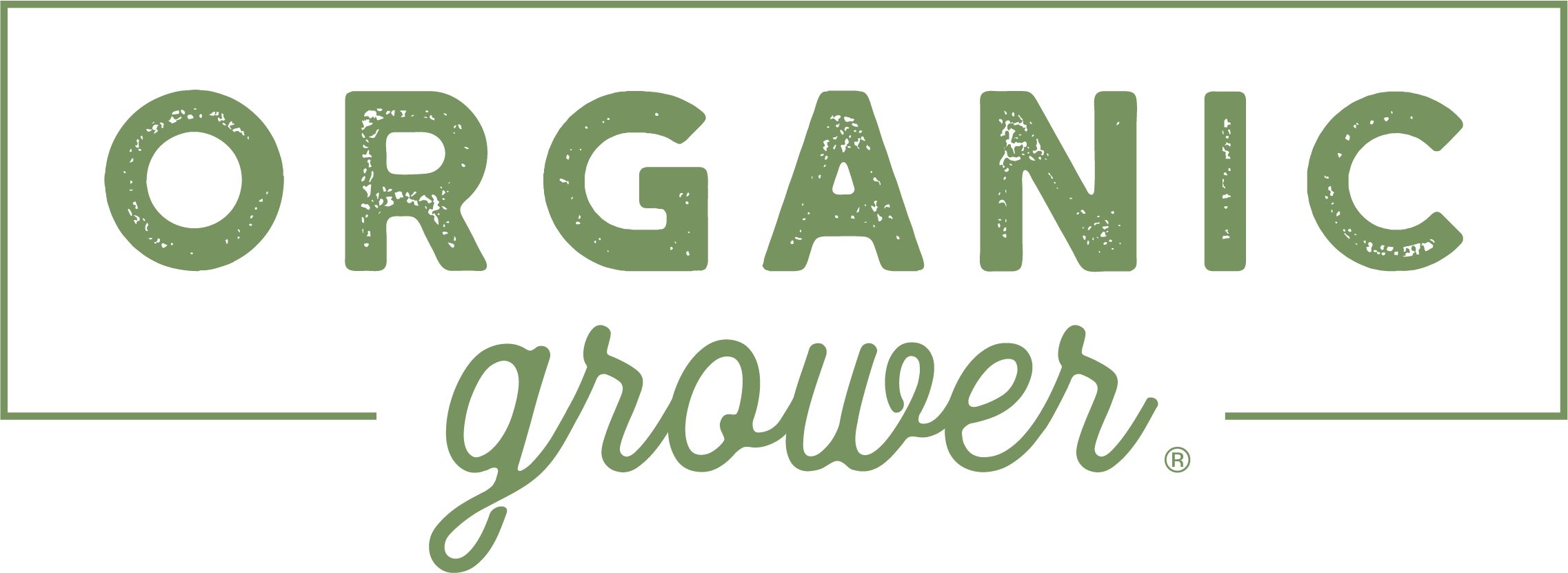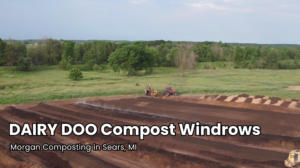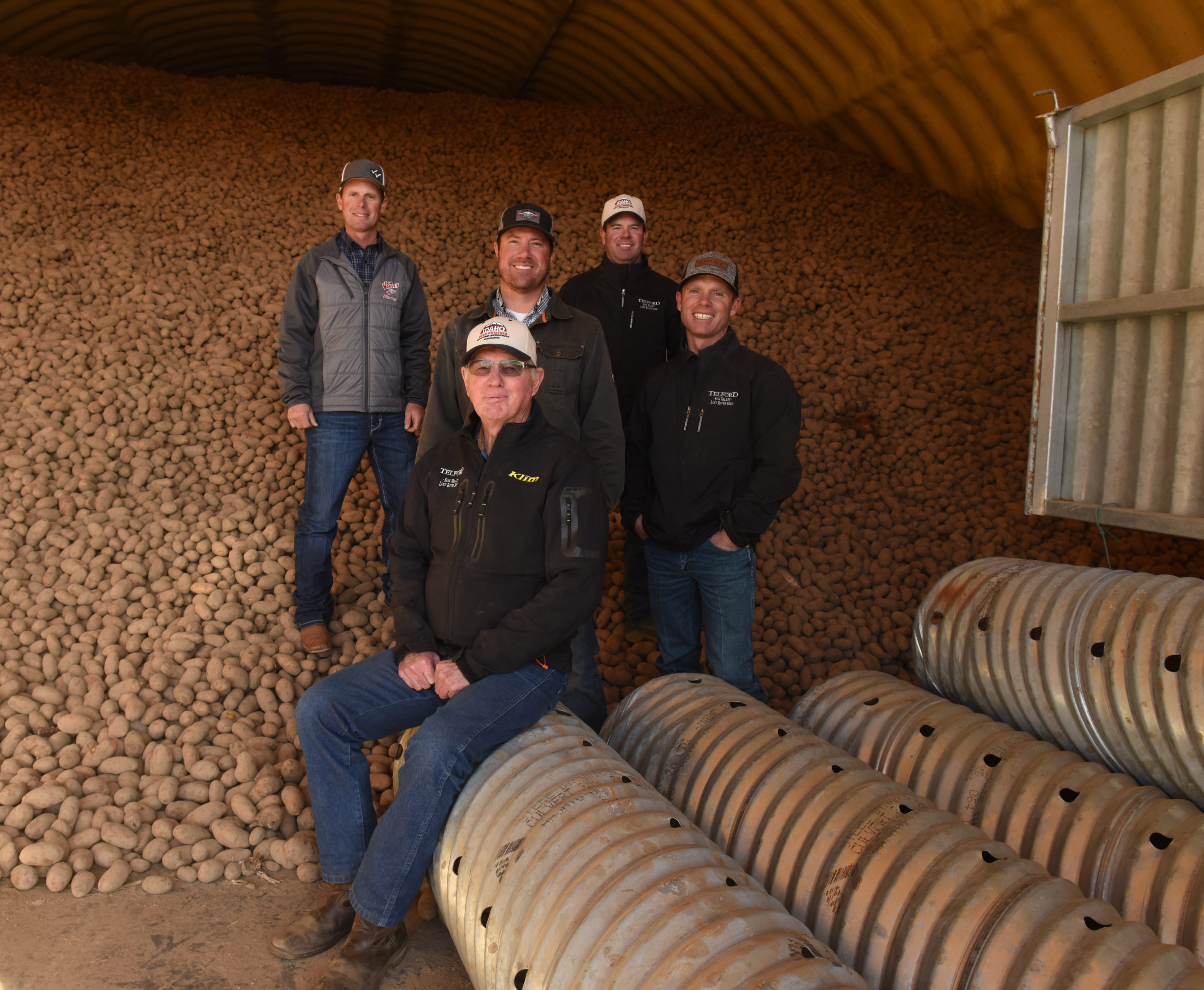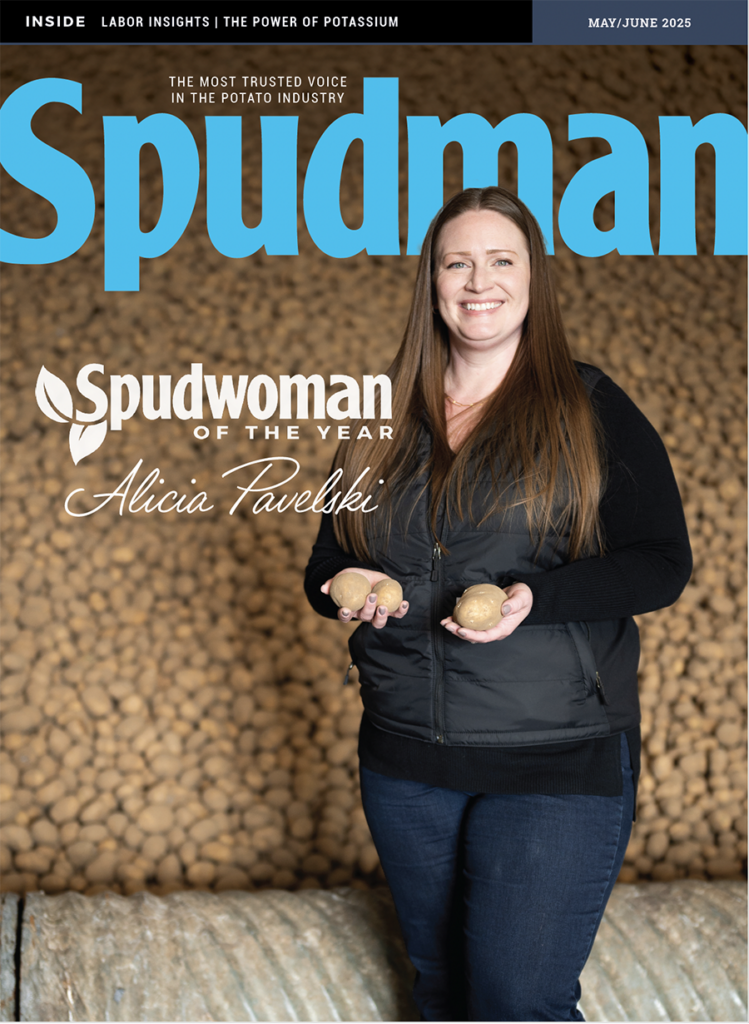Feb 26, 2015New Norkotah line selections out of Idaho
Two new Russet Norkotah line selections, Northwest Norkotah 90 and Northwest Norkotah 285, are making limited commercial debuts in 2015.
The new varieties were developed by the University of Idaho breeding program in collaboration with a group of Idaho seed growers. The university has applied for plant variety protection (PVP) from the Agricultural Marketing Service’s PVP office for the two new line selections and the seed growers have formed a limited liability corporation, Northwest Norkotah.
The Russet Norkotah standard variety was originally developed at North Dakota State University (NDSU) and released in 1987. The variety soon became a favorite among fresh potato growers for its good yields, consistent oval shape and uniform appearance.
Following the standard Russet Norkotah’s release, new Norkotah varieties were developed by Colorado State University (CSU) and Texas A&M University (TAMU) researchers. Those line selection varieties, Russet Norkotah 3 by CSU and Russet Norkotah 278 and 296 by TAMU, have enjoyed popular use in Idaho.
However, unlike the standard Russet Norkotah developed by NDSU, growers must pay a licensing fee to CSU and TAMU to plant these line selections.
In 2001, a group of Idaho potato growers asked Steve Love, the director of the University of Idaho’s potato variety development program at the Aberdeen Research and Extension center, to develop an Idaho Russet Norkotah variety.
Our growers were really struggling with that whole process. The cost of using those new clonal selections was a bit more expensive for them,” Love said of the licensing fees that Idaho growers had to pay to CSU and TAMU.
Love said that in 2002 he collected over 100 exceptional samples of standard Russet Norkotahs from three southeast Idaho fields.
Love had winnowed the selection down to about 15 of the best performing selections through breeding trials when he left the breeding program in 2005 to begin his current position as the state’s consumer horticulturalist.
Jeff Stark, the current director of the UI potato variety development program, said that the variety selections were transferred from the Aberdeen station to growers for continued field trials in collaboration with the university.
Stark said that the Norkotah’s susceptibility to potato virus Y (PVY) prompted the move to keep other varietal selections under development at the research center from contamination by the PVY inoculum.
At the Idaho Crop Improvement Association’s (ICIA) annual seed potato seminar in Pocatello on Tuesday, January 20, Stark gave a report on the four trials grown in 2014 in Parma, Aberdeen, Rexburg and Kimberly that compared the Northwest Norkotah 90 and 285 with the standard Russet Norkotah and the Norkotah 3, 278 and 296.
“The 285s, I think, have a particularly attractive appearance,” Stark told the ICIA audience.
“These two (90 and 285) held up pretty well in terms of overall return,” Stark said. “Overall these lines, based on what we’ve seen, are certainly competitive with these Texas and Colorado lines and I think overall they should do pretty well.”
“I was stunned at the difference in these Norkotah lines,” said Alan Schreiber, president of Agriculture Development Group. Schreiber grew trial plots of the Northwest Norkotah 90 and 285 in 2012 in the central Columbia Basin, north of Pasco.
“These new varieties are just unbelievable,” Schreiber said. “It’s like they’re not even the same variety.”
Schreiber said that what stood about the Northwest Norkotahs was the vigor and robust nature of the plants.
“They were just overall genetically superior plants, above ground and below ground,” Schreiber said. “There was a point at the end of the season when the standard Norkotah was dead and those two lines were still growing. The plants were just bigger, lusher and had significantly higher yields.”
Schreiber said that it was as if the Northwest Norkotahs were an entirely different variety.
“I did not realize that such differences existed between lines in varieties,” he said.
Mike Telford of Paul, Idaho is the managing member of the Northwest Norkotah LLC, formed by the eight seed growers involved in the development process with the University of Idaho.
Telford is very excited at the prospects for the 90 and 285.
“The 285 has a much higher packout (yield) and a large set of very uniform potatoes,” he said. “The 90 gets quite large and has very good yields. Our 90 is somewhat similar to a Colorado 3. I always tell people that if they like a 3, they’ll love a 90.”
Telford’s enthusiasm for the two new line selections is tempered by the limited seed available for 2015.
As of February 19, Telford said that the inventory of Northwest Norkotah 285 was depleted and that Northwest Norkotah 90s were almost gone.
“We’re doing everything we can to ramp it up this year,” Telford said. “It just takes time to get inventories built up. People are liking them and we want to try and get them out as quick as we can.”














